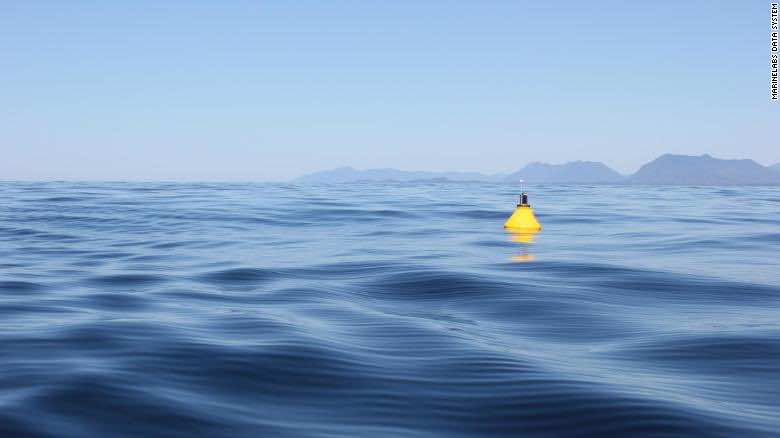A rogue wave 58 feet (17.6 meters) tall was reported off the coast of Vancouver Island, shattering the proportionality record by being three times the size of neighboring waves.
“Only a few rogue waves in high sea states have been directly observed, and nothing on this magnitude. The likelihood of such an occurrence is one in 1,300 years, “said Johannes Gemmrich, one of the University of Victoria’s key researchers on rogue waves.
The wave made headlines in the scientific world since it was the most intense rogue wave ever observed in terms of proportion. Although it happened in November 2020, the report verifying it was just revealed on February 2, 2022.
“They look like a large four-story lump sticking out of the water with a large peak and big troughs before it,” Scott Beatty, CEO of MarineLabs, the company operating the buoy which measured the wave, said in a statement.
Scientists have now acknowledged what was formerly considered marine mythology during the last few decades.
“Rogues, called ‘extreme storm waves’ by scientists, are those waves which are greater than twice the size of surrounding waves, are very unpredictable, and often come unexpectedly from directions other than prevailing wind and waves,” the National Oceanic and Atmospheric Association (NOAA) explained.
“A rogue wave is actually just a wave that is large compared to the surrounding wave field,” Gemmrich explained.
While a wave reaching a four-story height equivalent is terrific, its magnitude being three times that of its surrounding waves is what earned it a place in the record books.
The first documented rogue wave, known as “The Draupner Wave,” was measured in 1995 off the coast of Norway at 84 feet (25.6 meters) with surrounding waves of around 40 feet (12 meters), making the initial rogue wave almost double the size of those around it.
The record-breaking rogue wave reached about 58 feet (17.6 meters) in comparison to adjacent waves of roughly 20 feet (6 meters), completely blowing the original dimensions out of the water.
The rogue wave was measured using a MarineLabs buoy about 4.3 miles (7 kilometers) off Ucluelet, British Columbia.
“We’re a real-time intelligence company, and we provide real-time updates on what is going on along the coastline, including wind, waves, and other data,” Beatty explained.
The team created a video simulation of the buoy when the rogue wave arrived, displaying the surge in relation to the smaller surrounding waves. The issue is determining how to continually follow rogue waves once detected by a sensor.
“Most observations are at a single buoy, a single location, and so the wave passes through, and we know at this moment it was this high, but we don’t know how long. That is the big science question,” Gemmrich noted.
One thing is sure: rogue waves aren’t reluctant to disturb the boat. Because of their great intensity and lack of prediction, such waves can represent a substantial hazard to maritime activities as well as the general public, according to Beatty.
“They are unexpected, so the vessel operator has little warning. If it is high enough that it can cause some damage to the vessel, the operator has no time to change course or react to it.” Gemmrich added.
One common misperception Gemmrich wants to underline is that rogue waves should not be confused with tsunamis. Although both are recognized for generating enormous waves, the processes by which they occur are vastly different.
“Rogue waves are generated by wind, so they are just a rare occurrence of wind-generated waves. Whereas a tsunami is generated most commonly by an earthquake, underwater earthquake, or as we’ve seen recently a volcano eruption,” Gemmrich stated.
Rogue waves threaten coastal towns all around the world. There was no recorded damage from the rogue wave on Vancouver Island since it occurred too far offshore. But unfortunately, they can pose an onshore threat if they originate closer to the coast.
The scientific community is working for improved research and forecasting to assist avert any harm to marine activities or the general population to ensure future security.
MarineLabs now operates a network of 26 buoys placed strategically in the waters encircling North America, with plans to more than quadruple that number by the end of 2022.
“We are aiming to improve safety and decision-making for marine operations and coastal communities through widespread measurement of the world’s coastlines,” Beatty stated.

